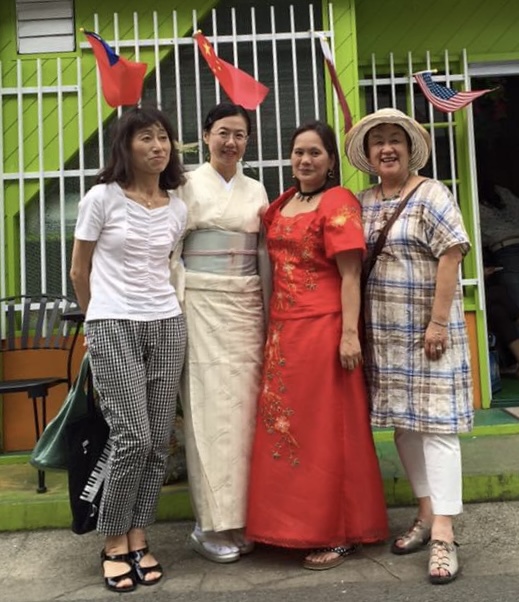
Filipina in Tokyo: Active Representation of Global Filipino Diaspora
As a Filipina living alone in the fast-paced and expensive Tokyo, I am connecting the dots of the articles that pass through my recent newsfeeds and reflecting on whether I am still an active representation of the Global Filipino Diaspora. In my 14 years in Tachikawa City and 18 years around the Kanto area, I’ve witnessed the evolution of our community and the challenges we face.
Understanding the Filipino Diaspora
What is the Filipino Diaspora? The Filipino diaspora refers to the global community of Filipinos who have migrated from the Philippines to other countries, as well as their descendants. This phenomenon has been driven by various factors, including economic opportunities, education, family reunification, political circumstances, and religious endeavors. Overseas Filipino Workers (OFWs) play a crucial role in the Philippine economy by sending remittances back home, which contribute significantly to the country’s GDP. Many migrants face challenges such as discrimination, legal issues, and separation from family. Issues related to labor rights and working conditions are also prevalent. The diaspora fosters a sense of community among Filipinos abroad, often leading to the establishment of organizations and events that celebrate Filipino heritage.
Filipinos in Japan
Many Filipinos migrate to Japan for better job prospects. The demand for labor in various sectors, such as healthcare, hospitality, and manufacturing, provides Filipinos with employment opportunities that may not be available in the Philippines. The presence of Filipinos in Japan fosters cultural exchange, allowing for the sharing of Filipino traditions, cuisine, and values. This enriches the multicultural landscape of Japan. The Filipino diaspora helps strengthen diplomatic and economic ties between the Philippines and Japan, promoting collaboration in areas like trade, tourism, and cultural exchange.
My Journey in Japan
Going 33 years soon, why am I still in Japan? Surviving here has been a blend of resilience and adaptation. Do foreigners like me matter in the national and local government policy as we cannot vote? Since there is no chance to be a citizen here, nor considered to marry a local to get assistance, can I get fair treatment and enjoy the benefits like the locals?



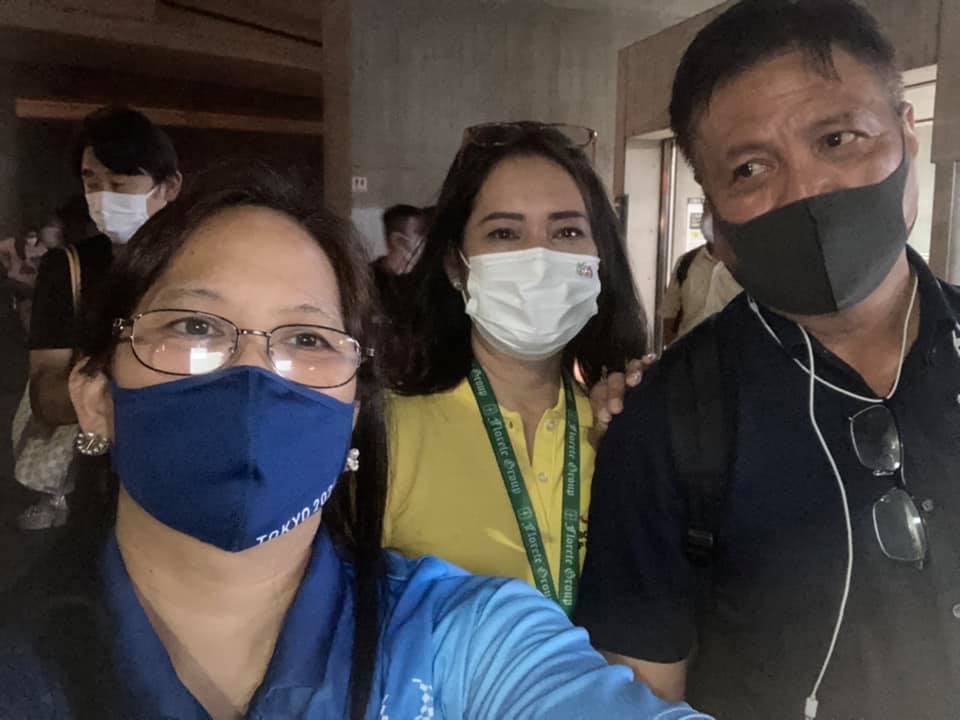


Recently, the national TV showed facts and figures that foreign residents are finally included in the count as we reached a record high of 3.5+ million in the first quarter of 2024. Filipinos ranked 4th in the foreign populace with 332,293 (data from early 2024). This demographic shift highlights the growing importance of our presence in the country, especially amidst Japan’s labor shortage due to a declining birthrate and aging society.
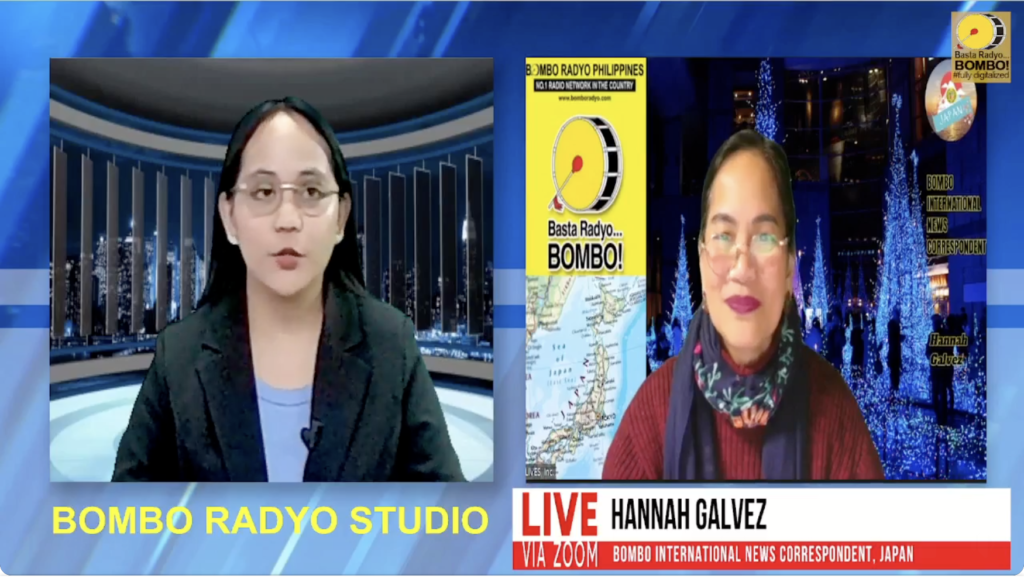
Radio broadcast from Tachikawa City, Tokyo to the Filipino Diaspora & the Philippines
Building a Filipino Community
Tachikawa City’s tabloid featured this month about the Tachikawa Multicultural Center (TMC/Tabunkakyosei), a non-political organization I joined even before moving to the city since some of the organizers were my adult students. Needless to say, the accountant of my company, OLIVES, Inc., and my immigration lawyer are active members of TMC. They are a big help in my legal existence in Japan.
As of January 2023, there are 5,124 foreigners in Tachikawa City with the following country representations: China: 2,226; North & South Korea: 820; Vietnam: 508; Philippines 398; and, Nepal: 268. When I registered as a new resident here, I asked then the city hall staff how many Filipinos were in the city. About 170 then, we doubled and became the 4th largest foreign group.
Tachikawa City Website: https://www.city.tachikawa.lg.jp/
Tachikawa City Website English Version: https://honyaku.j-server.com/LUCTACHIKW/ns/tl.cgi/https://www.city.tachikawa.lg.jp/
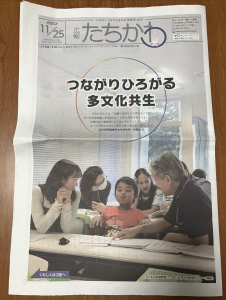
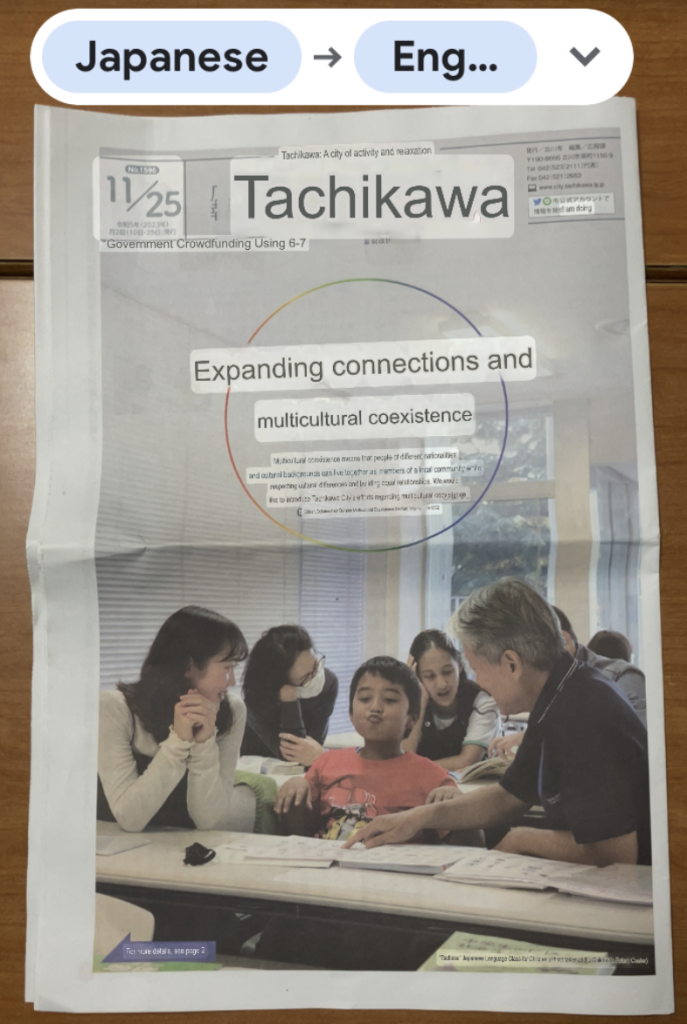
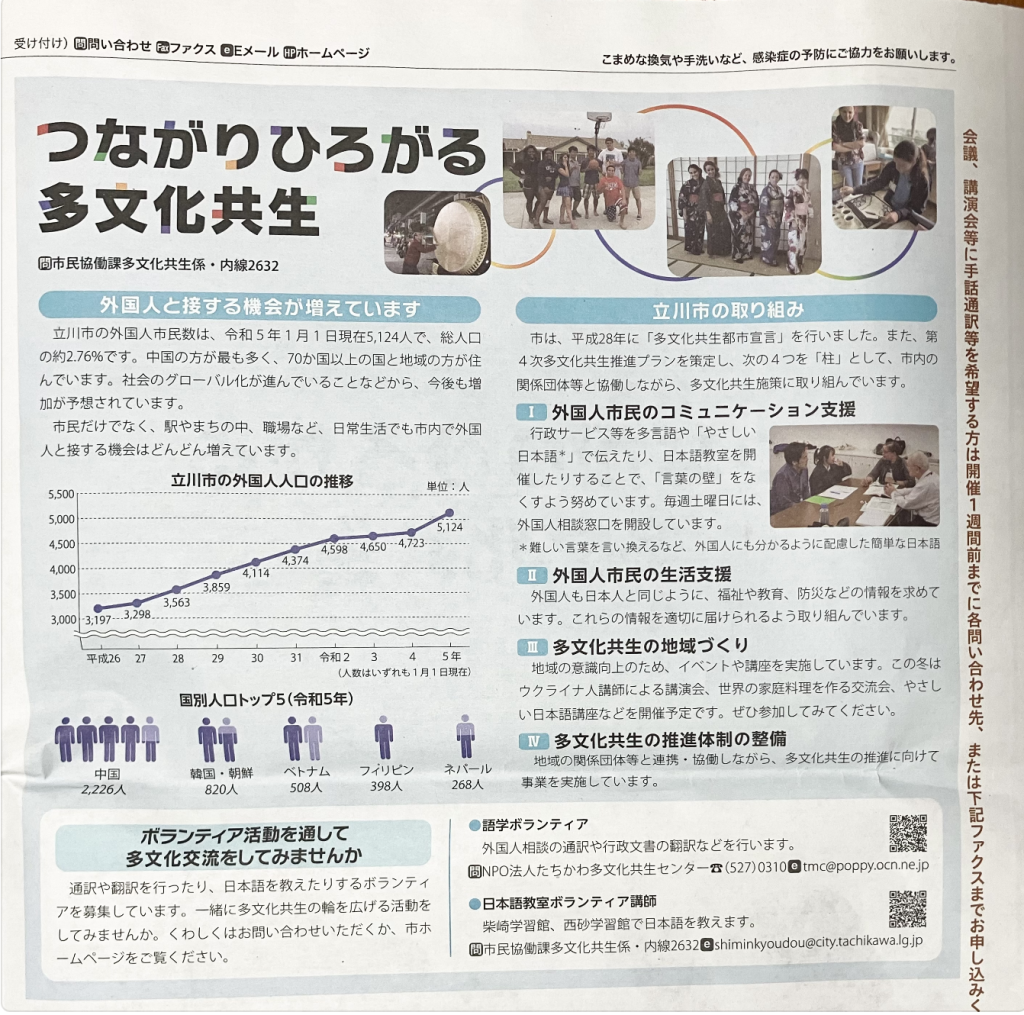
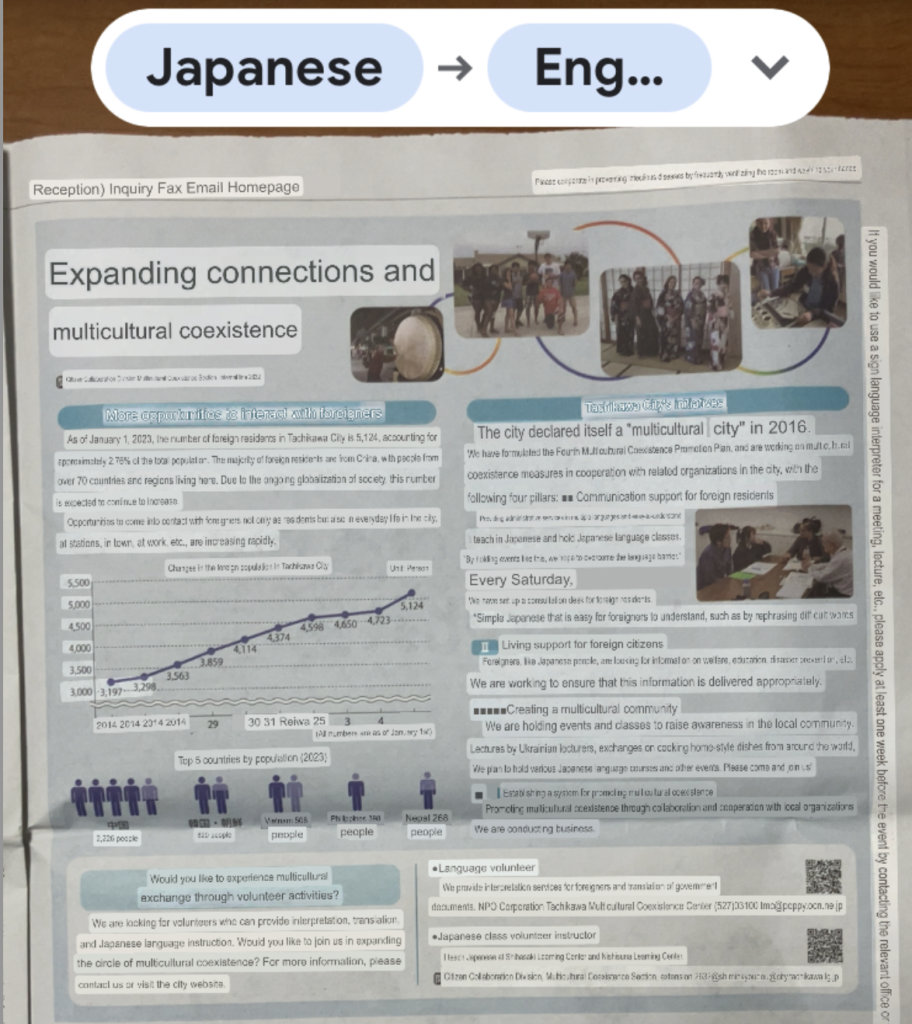
Could there be a chance to create a Filipino Town since a go-to Philippine restaurant, Kamayan, serves as a regular hub? Filipinos frequent the city as it has an immigration regional center, land transport office, and legal affairs bureau where they can process their visas, register their business, search for or post jobs, pay & claim pensions, tax rebates, etc. The city has sister cities in California, USA and New Caledonia. It would be great if the city could establish a sister city in the Philippines.
Showa Memorial Park Website: https://www.showakinen-koen.jp/guide-english/
It’s common to encounter fellow Filipinos in Tachikawa. My long-time friend who lives in a neighboring city works at two hotels here. She shared with me that there are some Filipinos who work with her. My university student who works at the famous Mega Don Quijote told me that some Filipinos work in their department store.
As I used to study the Japanese language through the Tachikawa International Friendship Program (TIFA), I met many Filipinas who were all married to Japanese. Some of their children became my students. This gave me the chance to visit Filipino-Japanese families in their houses. Birthdays, Christmas, and Year-End Parties (Bonenkai) were occasions that we gathered together until COVID-19 disrupted our get-togethers. There are international churches here where many attendees are Filipinos. They are active participants in the various church activities.
This month of November, my residence city attracts many foreigners as they enjoy the Autumn Foliage, Evening Light-up, and Nightwalk in Showa Memorial Park. This largest park in Tokyo also boasts beautiful cherry trees, a tulip garden, a boating lake, an authentic Japanese garden, a bonsai garden, a children’s playground, biking routes, and more natural attractions. So throughout the year, one can meet thousands of foreigners as they shop at IKEA, Lalaport, Lumine, Granduo, Isetan, and Don Quijote; or, play at Tachikawa Tachihi Arena and other outdoor facilities nearby. The latest attraction inaugurated just last week is the MaoRink, an ice skating rink designed and supervised by former figure skating champion Mao Asada. Well, Filipinos are everywhere and I can’t help but greet them, “Kabayan!” whenever I see them in the different corners of my city. Hope to revive or repost on this new personal website my daily blogs and vlogs posted on other social media for you to enjoy the beauty of Tachikawa City.
Filipino Impact in Japan
Last Friday, my student of 9 years brought her English textbook. She’s one of the many pre-schoolers who helped establish my presence and company with a learning center, Olives English School. I was an ALT (Assistant Language Teacher) at 2 junior high schools in Tokyo for 4 years so I remember the contents of our textbooks. To my surprise, public junior high schools in Japan have a new English textbook, where a chapter is wholly focused on the Philippines! Amazing how Japan’s Ministry of Education, Culture, Sports, Science, and Technology approved a study unit about my country, people, and culture.
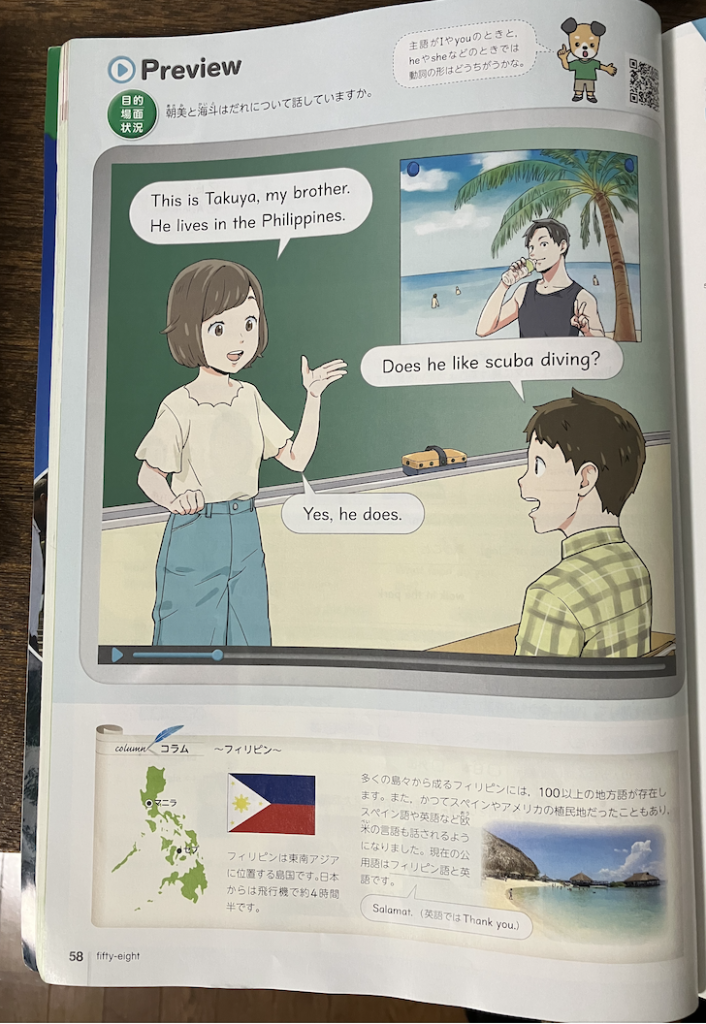


Thinking about impact or intentional mission here, my students relate what they are learning in their school to what they can hear and see from me. A lot of my students have parents who are also teachers who told me that I sometimes become their topic during mealtime or relaxation time. “How old is Ms. Hannah?” “Why did she come to Japan?” “Does she have children?” “Why she doesn’t get sick?” (No class cancellation ever even if there’s a typhoon!)
Let me close this self-retrospection with the article I saw on my early newsfeed this month. Traveling to 25+ countries before I landed in Japan, it holds true that Filipinos are everywhere even on seas! How the Filipino Diaspora’s impact in the host country can be measured by the response of the host citizenry….I hope and pray that it’s reciprocal and beneficial. Looking forward to a brighter future where both host and home countries recognize the value of our contributions.
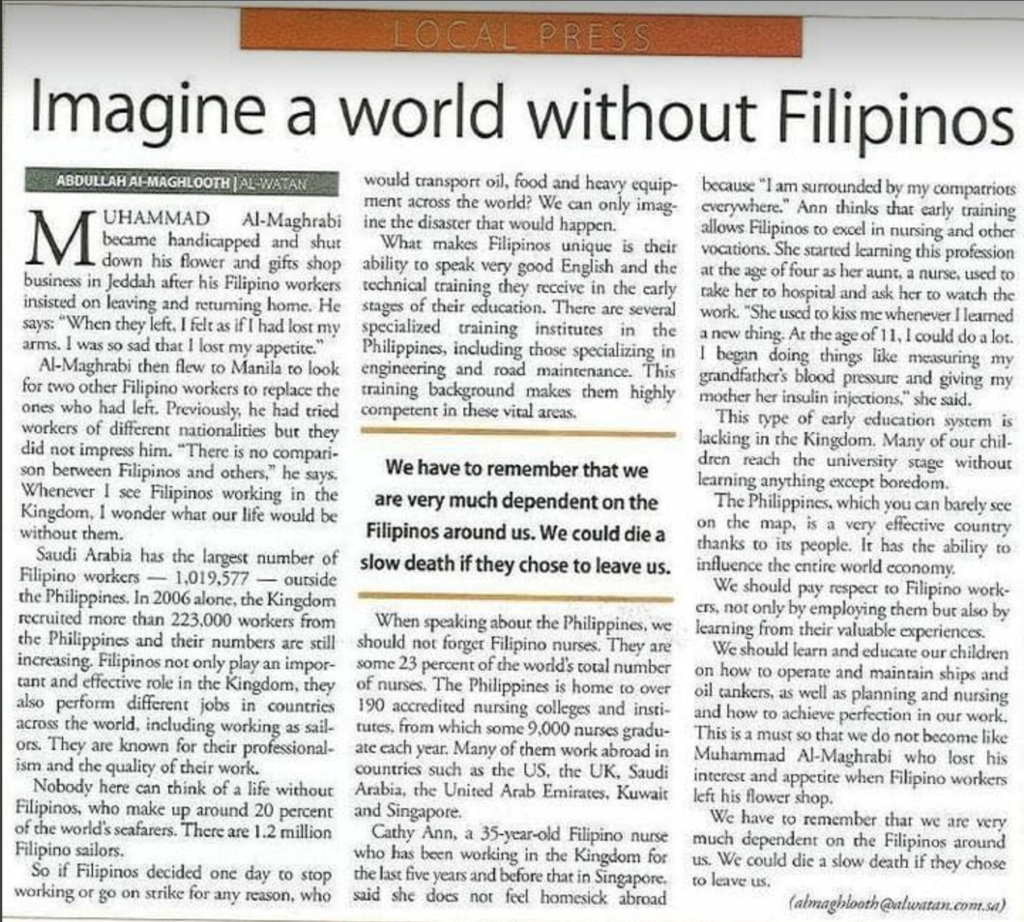
SUBSCRIBE to Filipina Edupreneur for exclusive access to a world of inspiration, knowledge, and opportunities in Japan & beyond. Join our vibrant community and stay updated on the latest posts, tips, and special offers. Just click this link: FILIPINA EDUPRENEUR



